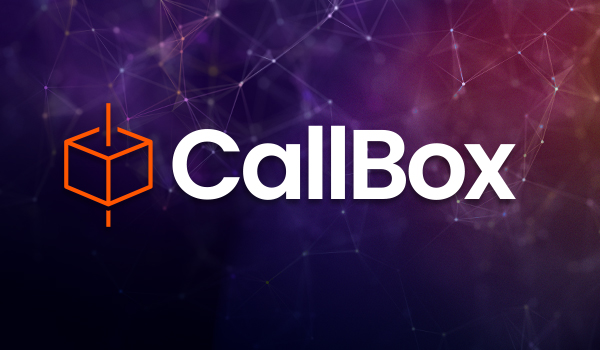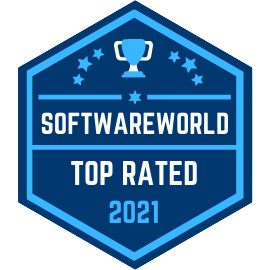You see the challenges and the unmet needs that your customers still face and you want to help. You have a great business idea and believe building a custom app is the way to help and support your overall organizational goals. In fact, you have so many ideas for this app! So, where do you start?. How do you go about deciding what custom app features should be built first, second, third, or maybe not at all?
What Custom App Features are You Considering?
First, let’s practice divergent thinking. This is the fun part. This is the part where you get to brainstorm the possibilities! We suggest not filtering yourself just yet. Even though an idea might sound crazy and impossible, there might be a version of that idea that is within your scope. A phone-based tool to capture window dimensions for sales consultants at a window shade company? One tool for organizing, tracking, storing, and reporting media coverage? Improve accuracy in remote chemical dispensing? An online, digital catalog that can be sorted and filtered based on the client’s likes and dislikes? This is the part of the process where you throw everything at the board because you never know what will stick. Your pie-in-the-sky idea may be doable and maybe the thing that changes the world.
How would you prioritize the features?
Next, take a look at the features you listed in step one. Do a rough draft of prioritizing these features, assigning a one to the features you think are most important. These should be the essentials of the app and the features that will have the biggest impact immediately. It is really tempting to put a lot of features in this first phase, but do your best to be a bit ruthless. It’s important to remember when you are building high-quality software, it will be built in a way that allows you to add and enhance features down the road. The most important aspect of new software is getting something in the hands of users as soon as possible.
One thing you can ask yourself to help is “If all the features with a one were complete, except this feature, would you hold off launching?” If yes, it gets assigned a one. If not, it could be a feature that follows on later.
Now, what are the features that should follow after the first phase? Add a two next to those that are the next priority after the essentials. This represents the next phase of features that can be introduced once you have successfully launched your new software.
As for numbers higher than two, we suggest not wasting time planning too far in the future. The one thing we can say we have confidence is: things change. You will learn something new. You will get feedback that changes your priorities.
For the remaining features, mark them as threes, and set them aside for a while. Keep in mind, you don’t have all the information you need yet to make all the priority decisions. A good software partner will help you make some of these decisions by helping you understand the amount of effort that each feature will take. Experienced software partners will also have ideas of how to streamline big features into stepping stones so that you can launch with the essentials and continue to grow and scale your software as your business evolves. We work closely with our clients to build a custom plan in order to define a short term and long term vision for the software product.
If you need more help planning your custom software but aren’t ready to commit to a software partner yet, we can help. We’ve developed an in-depth software planning questionnaire that our team has used on projects for the American Red Cross, Apple, and more…and we’ve made it available free of charge so you can have a better idea of what your custom software could look like.









